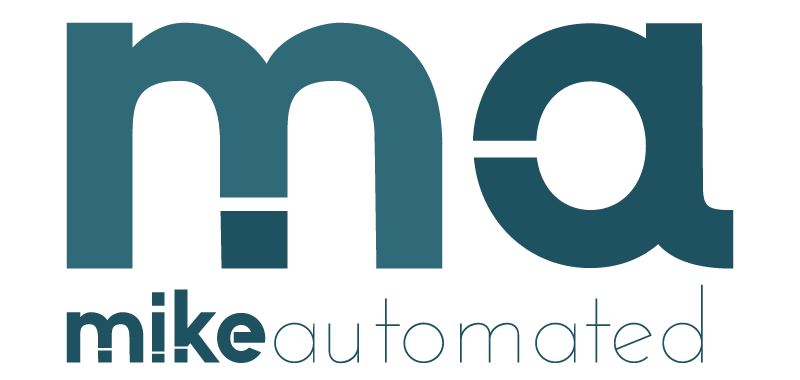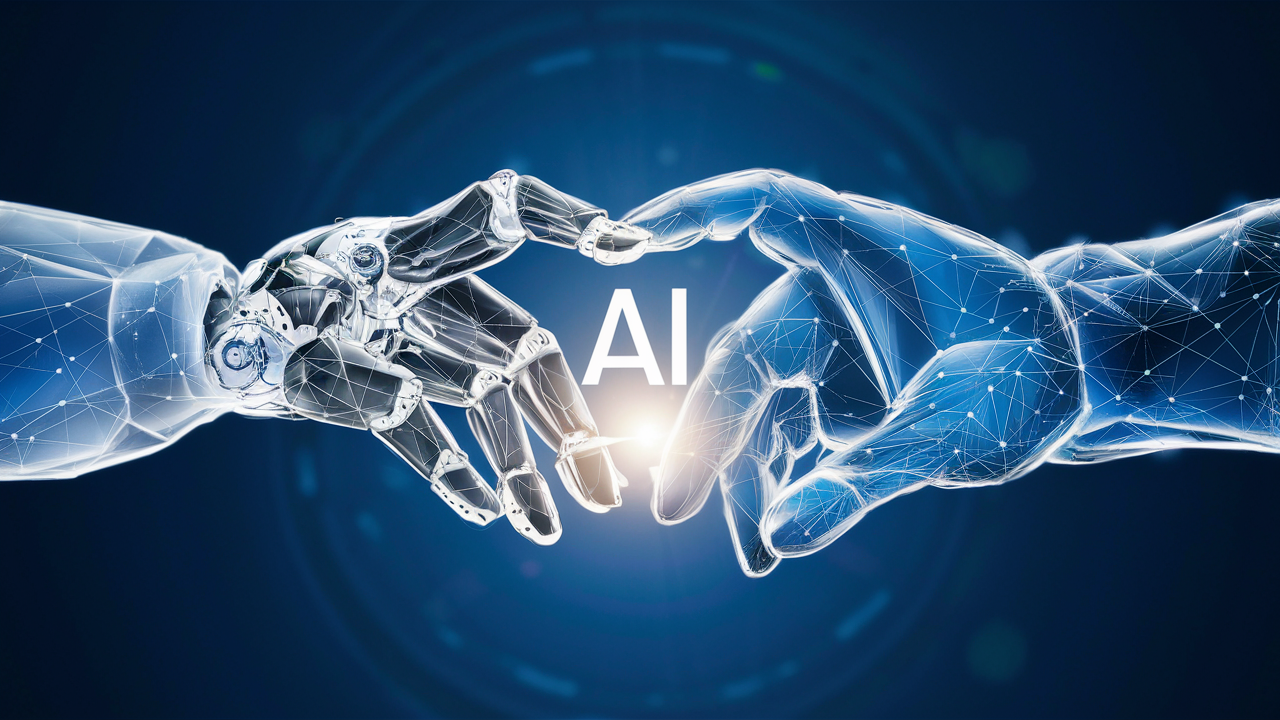TL;DR:
- AI and human collaboration is redefining workflows across industries, enabling efficiency and innovation.
- Effective teamwork requires understanding the strengths of both humans and AI systems to achieve optimal outcomes.
- Humans handle creativity, emotional intelligence, and strategic decision-making, while AI excels in data processing and repetitive tasks.
- Companies need to invest in training and tools to facilitate seamless integration of AI into human teams.
- Collaborative efforts can transform industries, from healthcare to customer service, offering significant benefits when implemented thoughtfully.
Introduction
The integration of artificial intelligence (AI) into the workplace is no longer a futuristic idea—it’s today’s reality. While some fear that AI might replace human workers, the truth is that it is just as capable of enhancing human skills and improving overall productivity. The future of work lies in AI and human teams, where both entities collaborate to achieve goals that neither could attain alone. But how can this partnership work effectively? Let’s explore.
Understanding the Strengths of AI and Humans
Before discussing collaboration strategies, it’s essential to understand the respective strengths and limitations of AI and humans. Leveraging these strengths can help companies achieve powerful synergies.
What Does AI Do Best?
AI systems are ideal for tasks that require processing vast volumes of data quickly and accurately. They can:
- Automate repetitive tasks: From data entry to calendar scheduling, AI can handle monotonous jobs seamlessly.
- Analyze big data: AI tools identify patterns and insights from large datasets that would take humans weeks to process.
- Provide consistency: Machines don’t take breaks or deviate from programmed instructions, ensuring a high level of reliability and repeatability.
What Do Humans Do Best?
Despite AI’s advantages, there are realms where humans excel:
- Creative thinking: Humans bring ingenuity to tasks like brainstorming and innovative problem-solving.
- Emotional intelligence: AI lacks the ability to understand complex emotions and build genuine rapport with customers or colleagues.
- Strategic decision-making: Human intuition and judgment remain unparalleled, especially for high-stakes scenarios.
The fusion of these complementary capabilities underpins the success of AI and human collaboration in the workplace.
How to Foster Effective AI-Human Collaboration
To make the most of this partnership, businesses must thoughtfully approach implementation. Here are actionable strategies for integrating AI into human teams.
1. Clearly Define Roles
Both humans and AI systems need clearly defined responsibilities to avoid confusion and duplication of effort. For example:
- AI: Automate routine tasks like invoice processing.
- Humans: Allocate resources and make business-critical decisions.
Clarity in duties ensures that both entities complement each other effectively.
2. Invest in Employee Training
Workers often feel apprehensive about new technologies. Companies should invest in comprehensive training programs to:
- Teach employees how to use AI tools effectively.
- Showcase the benefits of AI integration in their roles.
- Eliminate fears about job displacement, replacing these with excitement about opportunities.
3. Use AI to Augment, Not Replace
AI should enhance human performance rather than attempt to replicate it. For example:
- In healthcare, AI can assist with analyzing diagnostic images, while human doctors provide personalized patient care and treatment plans.
- In customer service, chatbots can handle FAQs, allowing customer agents to focus on complex inquiries.
This augmentation promotes efficiency while leveraging human creativity and empathy.
4. Monitor and Optimize the Collaboration
Successful integration is an ongoing process. Regularly evaluate the performance of AI-human teams to:
- Identify areas for improvement.
- Update algorithms as required to boost accuracy.
- Adjust team dynamics to enhance productivity.
Real-World Examples of AI and Human Teams
Many industries have embraced AI-human collaboration with great success. Let’s explore two compelling examples:
Healthcare
AI tools like IBM Watson assist doctors by analyzing volumes of medical data to recommend treatment options. Yet, physicians are ultimately responsible for the final decision and patient interaction. This AI-human partnership is saving lives by reducing diagnostic errors and expediting care.
Retail
In e-commerce, recommendation engines use AI to provide customers with tailored product suggestions. Simultaneously, marketing teams analyze this data to design effective campaigns and enhance user experience. Together, they drive revenue and brand loyalty.
The Benefits of AI-Human Teams
Integrating AI systems with human teams can yield transformative outcomes:
- Enhanced productivity: Workflows become streamlined, reducing time spent on repetitive tasks.
- Improved decision-making: AI insights empower humans to make more informed, data-driven choices.
- Increased innovation: Humans can focus on creative tasks while AI handles routine work, sparking greater innovation.
These benefits highlight why companies should invest in fostering AI-human collaboration actively.
Challenges to Overcome
Despite its promise, integrating AI into human teams isn’t without challenges. Businesses must address:
- Bias in AI: Algorithms can unintentionally perpetuate biases if not carefully monitored.
- Employee resistance: Workers may be hesitant to adopt AI without proper communication and training.
- Data security concerns: Companies must safeguard sensitive data used in AI systems to protect against breaches.
By proactively working to resolve these issues, organizations can unlock AI’s full potential in their workplaces.
Visual Example: Workflow Transformation
Imagine an infographic illustrating a side-by-side comparison of a workplace before and after AI implementation:
- Before AI: Employees handle emails, schedule meetings manually, and process repetitive reports.
- After AI: AI tools sort emails, auto-schedule appointments, and handle data analysis, allowing employees to focus on strategy and creativity.
This visual highlights how AI and humans complement each other in achieving better outcomes.
Conclusion
The future of work is driven by AI and human teams, revolutionizing industries by blending the strengths of both. As companies embrace this collaboration, they can unlock unparalleled efficiencies, foster innovation, and create a more balanced workplace. Success will depend on clear role definitions, ongoing training, and a commitment to optimizing the synergy between humans and machines. By addressing challenges and fostering trust, businesses can pave the way for a workplace where AI and humans thrive together. The question isn’t whether we should collaborate—it’s how well we can.
Start embracing AI at your workplace today, and prepare your teams for an innovative and productive future!



